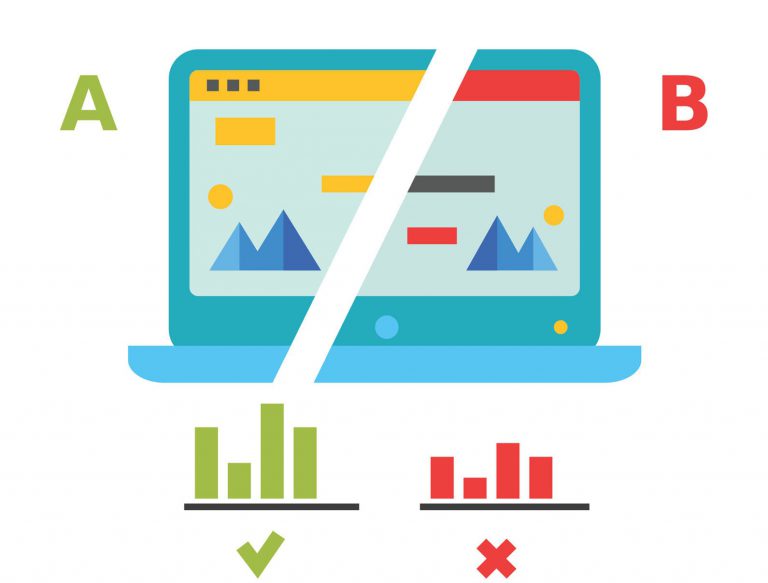8 Clever Ways to Effectively Optimize Your Product Pages
You may not know this, but your product pages play a vital role in the success of your e-commerce business. After all, this is where you include all the details about your products. This is also where you can compel customers to buy.
How to Effectively Optimize Your Product Pages?
However, having a visually pleasing product page is one thing. It is also essential to make it easy for your customers to learn more about your product and buy it. Hence, you should optimize it.
In this post, we will share eight clever ways to optimize your product pages effectively.
1. Make it mobile-friendly
There’s no doubt that mobile e-commerce is growing. Years ago, Google rolled out their mobile-first indexing as well, it focuses on websites that are mobile-friendly for users. However, if you don’t create mobile-friendly product pages, you can potentially lose traffic, sales, and revenue.
That’s why you must optimize your site and product pages for your mobile device. This helps you to:
- Boost your customers’ overall experience
- Lets them purchase anytime, anywhere
- Facilitate quicker checkouts for digital wallets
If you are a new business and want to make an e-commerce website for your products, make sure that your site is mobile responsive, user-friendly, and adaptive to any mobile device.

2. Make your CTA stand out
The Add to Cart button, for example, is one of the most crucial page components and should stand out from your content.
The area around it should be uncluttered so that it doesn’t have any distractions or obstacles that might block the user. It should also be visible when a user lands on a page.
So, if your product description pushes the Add to Cart button at the bottom of the browser, it’s high time you need a redesign.
3. Use high-quality multimedia content
The biggest challenge in e-commerce is that customers can’t see, touch, or try the products in real life. As such, it would help if you use high-quality multimedia content. This includes product photos and instructional videos.
Your product images should provide a 360-degree view of what the product looks like. It will also help to include a human element (e.g., a photo of a person using your product).
Another thing you can include is a video of your product being assembled, used, and maintained. That way, your customers can know what your products can do and how it can benefit them.
4. Optimize Your Product Feed
Whether you are managing or advertising an online eCommerce shop, you are probably familiar with product feed in one way or another.
More and more eCommerce businesses now understand the importance of having a quality product feed containing all the relevant information about their products.
Those include informative titles and descriptions, all the relevant attributes of the products as color, brand and size, product availability, and much more.
An optimized feed increases the relevance of your products and, in turn, the likeliness of someone finding your products in their search and making a purchase. In order to save time and money on developers, many businesses use 3-rd party apps, such as Feeditor, to automate the optimization process.
5. Write detailed product descriptions
Apart from product images and optimized feeds, a great e-commerce product page also needs a high level of information about the product. It should contain content that will inform customers about the benefits and features of a product so that you can convince them to purchase.
Do you know that 88% of shoppers view product content as extremely vital? So you need to ensure that you use a polite, engaging, and personalized touch to your product descriptions. Tell them why customers should choose your products over your competitors.
It also helps to optimize your e-commerce product page’s content specifically for search engines. Doing so allows you to rank higher up on search engines results pages and bring in more customers in the long run.
6. Incorporate social proof
In e-commerce, you can establish social proof through user-generated content (UCG.) reviews and trust signals.
Because most users couldn’t test or feel the product before purchasing, that’s where you can use customer reviews to your advantage. Most reviews are confidence builders. They show that the product has already been bought, tried, and liked, especially with positive reviews.
If you want customers to trust you, show them what previous customers have to say about your product.
Usually, UGC content is one of the best ways to show that your brand is transparent and has earned goodwill from your most loyal customers.
7. Recommend relevant products
Although your product pages are focused on selling a product, you shouldn’t miss out on the chance of promoting other products as well.
You can recommend relevant or other similar products to others when they’re on the product page. Doing so engages them and even encourages them to make future purchases. It’s also one way of helping prospective customers with their shopping needs.
Moreover, many e-commerce brands upsell and cross-sell to maximize the average order size and revenue.
8. Run A/B tests
Finally, you wouldn’t know whether or not a product page is fully optimized until you use different methods and approaches.
That’s why every element in your page should be A/B tested regularly.
● CTA color
● CTA placement
● CTA wording
● Product description
● Placement of reviews
● Placement of price
● Price size
Remember that this is an ongoing process. So even as you experience your conversion rates rise, you still have to keep running tests so that you can be sure.

Final Thoughts
The goal is not to have a perfect product page. Instead, you need something that is functional and mobile responsive.
Doing so will make it convenient for customers to look for and check out a particular product. From there, you can compel them to click “Add to Cart.”
Also, with the help of automation, your push notifications, and other marketing efforts, this should help you improve your sales.
Trending Articles
Get exclusive CMO tips that I only share with email subscribers.
Related Articles


